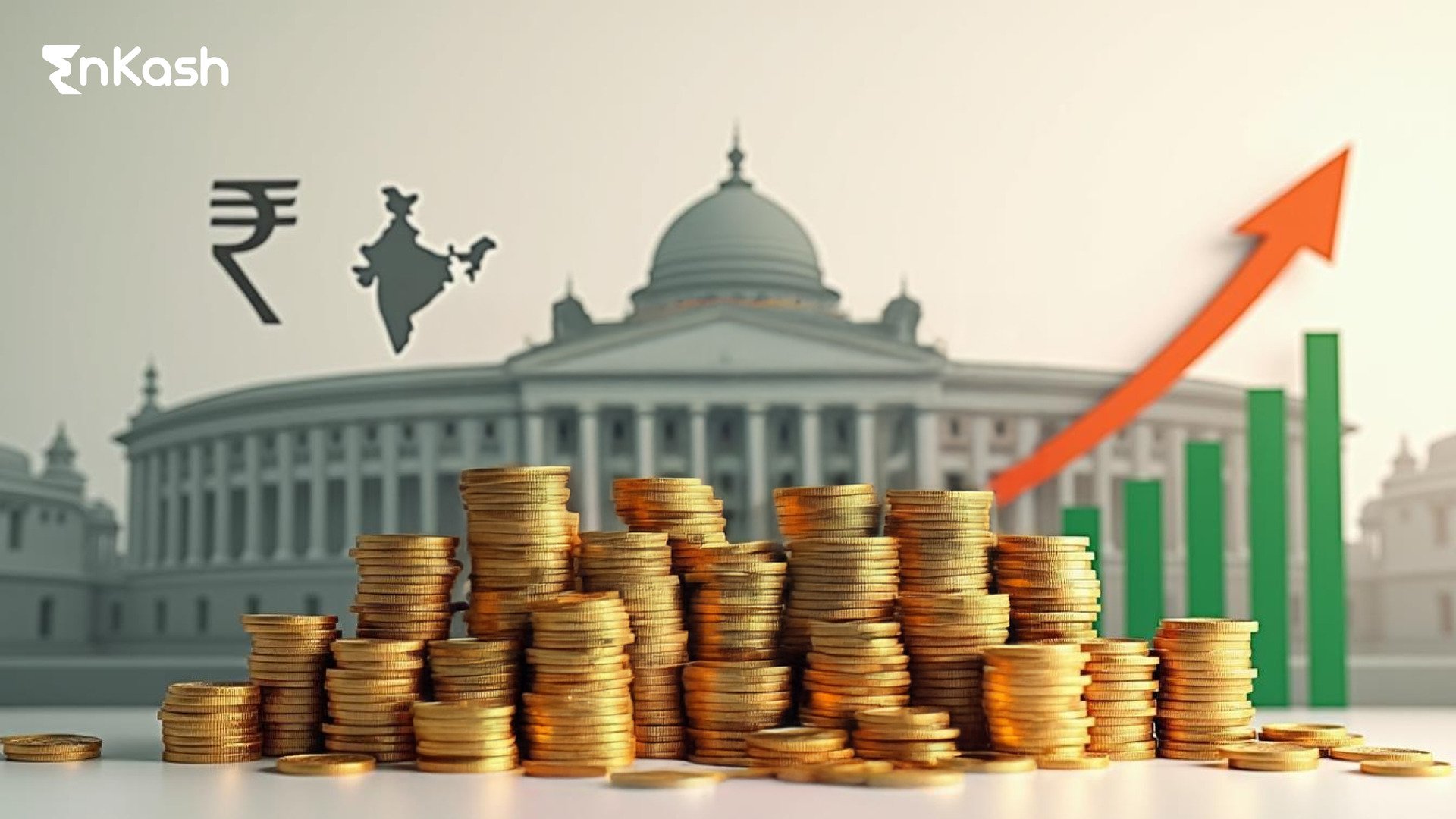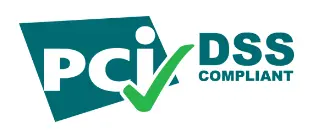The highly anticipated Union Budget 2025, presented by Finance Minister Nirmala Sitharaman on February 1, 2025, marks a significant milestone in India’s economic roadmap. With a vision of fostering inclusive growth, the budget prioritizes empowering key demographics—youth, women, farmers, and economically disadvantaged groups. It introduces crucial reforms across taxation, infrastructure, agriculture, and digitalization to bolster long-term sustainable development. Below are the major highlights and key takeaways from Budget 2025.
Price Adjustments Post-Budget 2025
Download the Budget 2025 Documents:
1. Direct Tax Proposals
Introduction of a New Tax Bill
A new Income Tax Bill is set to be introduced next week, replacing the Income Tax Act of 1961. The new framework aims to streamline tax compliance and simplify the tax structure, reducing complexity by up to 60%.
Revised Tax Structure
The new tax regime features the following adjustments:
Income Range (Rs.) |
Tax Rate |
Up to 4,00,000 |
NIL |
4,00,001 – 8,00,000 |
5% |
8,00,001 – 12,00,000 |
10% |
12,00,001 – 16,00,000 |
15% |
16,00,001 – 20,00,000 |
20% |
20,00,001 – 24,00,000 |
25% |
Above 24,00,000 |
30% |
Enhanced Rebate Under Section 87A
The rebate threshold under the new tax regime has been increased from Rs. 25,000 to Rs. 60,000. Consequently, individuals earning up to Rs. 12,00,000 will enjoy a full tax rebate, resulting in zero tax liability.
Simplification of TDS/TCS Compliance
The government has proposed rationalizing Tax Deducted at Source (TDS) and Tax Collected at Source (TCS) to alleviate tax compliance difficulties, especially for middle-income earners. Adjustments include higher threshold limits across various TDS sections, making tax procedures more seamless.
The proposed changes are as follows:
Section |
Present |
Proposed |
193 – Interest on
securities |
NIL |
10,000 |
194A – Interest other than
Interest on securities |
(i) 50,000/- for senior
citizen; (ii) 40,000/- in case of others when payer is bank, cooperative society and post office (iii) 5,000/- in other cases |
(i) 1,00,000/- for senior
citizen (ii) 50,000/- in case of others when payer is bank, cooperative society and post office (iii) 10,000/- in other cases |
194 – Dividend, for an individual shareholder |
5,000 |
10,000 |
194K – Income in respect of units of a mutual fund |
5,000 |
10,000 |
194B – Winnings
from lottery, crossword puzzle Etc. & 194BB – Winnings from horse race |
Aggregate of amounts
exceeding 10,000/- during the financial year |
10,000/- in respect of a
single transaction
|
194D – Insurance commission |
15,000 |
20,000 |
194G – Income by way of
commission, prize etc. on lottery tickets |
15,000 |
20,000 |
194H – Commission or
brokerage |
15,000 |
20,000 |
194-I – Rent |
2,40,000 (in a financial year) |
6,00,000 (in a financial year) |
194J – Fee for professional or technical services |
30,000 |
50,000 |
194LA – Income by way of enhanced compensation |
2,50,000 |
5,00,000 |
206C(1G) – Remittance under LRS and overseas
tour program package |
7,00,000 |
10,00,000 |
Extension of Time for Filing Updated Income Tax Returns (ITR-U)
The deadline for filing updated income tax returns has been extended from two years to four years from the end of the relevant assessment year. This extension provides taxpayers additional flexibility to rectify tax filings and comply with regulations smoothly.
ITR-U filed within |
Additional Tax |
12 months from the end of the relevant AY |
25% of additional tax (tax + interest ) |
24 months from the end of the relevant AY |
50% of additional tax (tax + interest ) |
36 months from the end of the relevant AY |
60% of additional tax (tax + interest ) |
48 months from the end of the relevant AY |
70% of additional tax (tax + interest ) |
New Arm’s Length Price Scheme
A scheme for determining the arm’s length price of international transactions will be introduced, covering a three-year block period. This initiative simplifies transfer pricing regulations and minimizes litigation in international taxation matters.
Tax Exemptions and Incentives
- Withdrawals from the National Savings Scheme (NSS) will be tax-exempt starting August 29, 2024.
- Contributions to NPS Vatsalya accounts will now receive tax benefits under Section 80CCD(1B).
- Sections 206AB and 206CCA, which mandated higher TDS and TCS rates for non-filers, will be removed to reduce compliance burdens.
New Section 44BBD: Presumptive Taxation for Foreign Tech Providers
A new provision, Section 44BBD, will be introduced to support India’s electronics manufacturing sector. It offers a presumptive taxation framework for non-resident entities providing technology or services, incentivizing foreign investment in Indian technology and electronics.
2. Indirect Tax Proposals
Rationalization of Customs Duty and Tariff Structure
- Seven more tariff rates have been eliminated, leaving only eight rates, including the ‘zero’ rate.
- Only one cess or surcharge per item will be levied.
- Social Welfare Surcharge exemptions have been extended to 82 tariff lines.
Healthcare Relief: Duty Exemptions on Essential Medicines
- Full Basic Customs Duty (BCD) exemption on 36 life-saving drugs, benefiting patients with cancer and rare diseases.
- A concessional 5% customs duty on six additional life-saving medicines.
- BCD exemptions for pharmaceutical companies supplying free medicines under patient-assistance programs.
Customs Adjustments for Key Industries
- Electronics: BCD on Interactive Flat Panel Displays (IFPDs) increased from 10% to 20%.
- Lithium-Ion Batteries: Full BCD exemption on capital goods for EV and mobile battery manufacturing.
- Shipbuilding & Shipbreaking: BCD exemption extended for another 10 years.
- Telecom: BCD on carrier-grade ethernet switches reduced from 20% to 10%.
GST Reforms and Compliance Updates
- Mandatory 10% pre-deposit of penalties for appeals in cases involving penalty-only demands.
- A new Section 122B introduces penalties for violations of the Track and Trace Mechanism under GST.
- Amendments in Section 38 will require businesses to validate invoices manually instead of relying solely on system-generated GST data.
3. Key Sectoral Highlights
Agriculture
- Launch of the National Mission on High-Yielding Seeds to promote climate-resilient crops.
- Introduction of Prime Minister Dhan-Dhaanya Krishi Yojana in 100 low-productivity districts.
- Establishment of a Makhana Board in Bihar for production and marketing support.
- Expansion of Mission for Aatmanirbharta in Pulses targeting Tur, Urad, and Masoor pulses.
- Increase in Kisan Credit Card (KCC) loan limit from Rs. 3 lakh to Rs. 5 lakh.
MSMEs
- Revised MSME Classification:
- Micro Enterprises: Investment up to Rs. 2.5 crore, turnover up to Rs. 10 crore.
- Small Enterprises: Investment up to Rs. 25 crore, turnover up to Rs. 100 crore.
- Medium Enterprises: Investment up to Rs. 125 crore, turnover up to Rs. 500 crore.
- Credit Enhancements:
- Micro and Small Enterprise credit guarantee increased to Rs. 10 crore.
- Startup credit guarantee enhanced to Rs. 20 crore.
- Special credit cards with a Rs. 5 lakh limit for micro-enterprises registered under Udyam.
Investments in Education & Skilling
- Saksham Anganwadi & Poshan 2.0 to provide improved nutrition for 8 crore children and 1 crore pregnant women.
- 50,000 Atal Tinkering Labs to be established in government schools.
- Expansion of BharatNet to provide broadband access in all government secondary schools.
- New National Centres of Excellence for Skilling to be launched with global partnerships.
The Union Budget 2025 lays a robust foundation for economic growth, tax simplification, industrial expansion, and social welfare. By addressing core sectors with bold reforms, the government aims to propel India toward self-reliance, innovation, and inclusive development.













